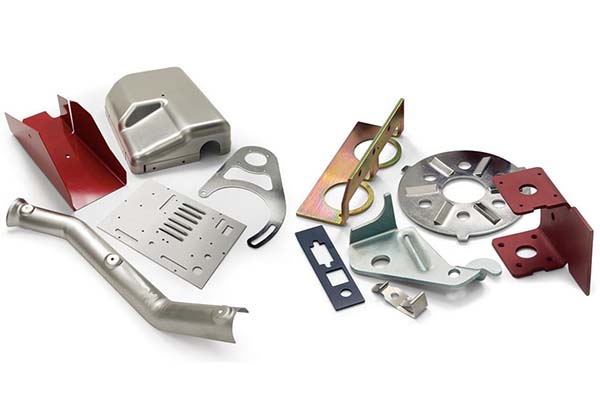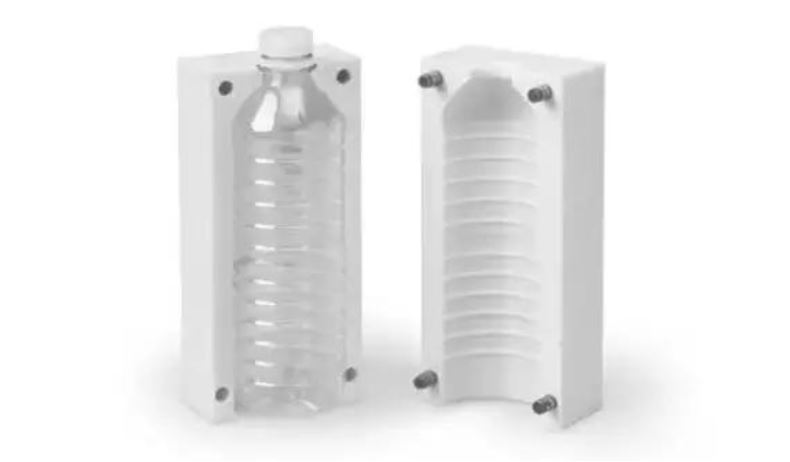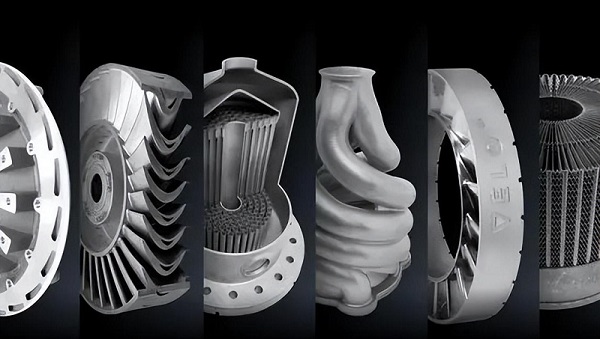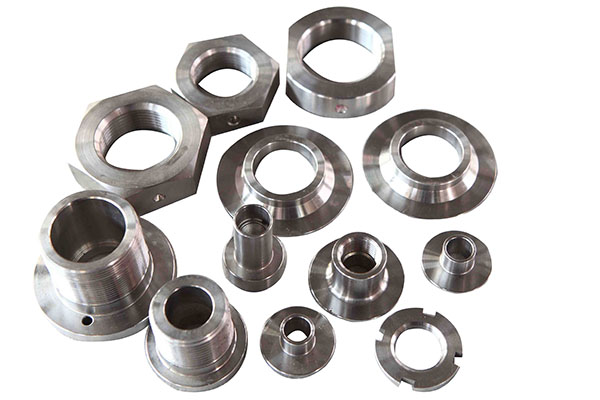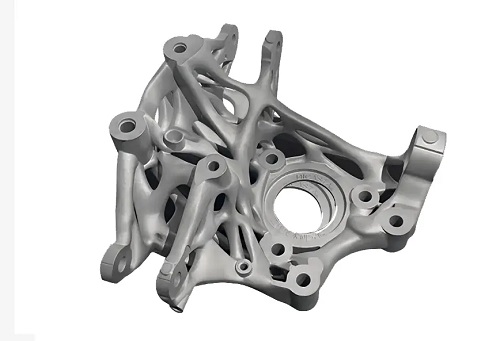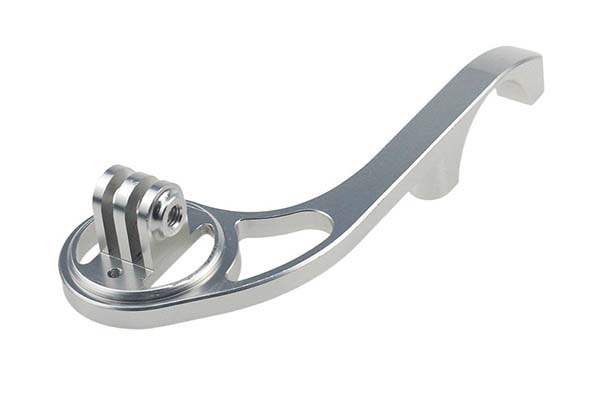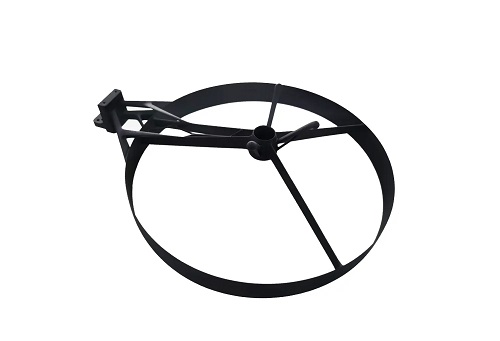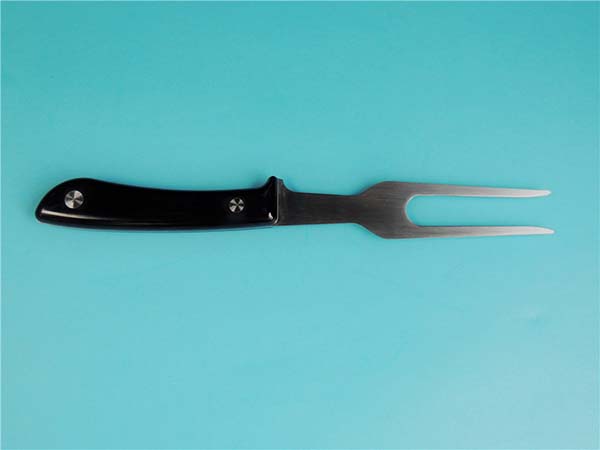What are Metal 3D Printing Courses?
Metal 3D printing courses are educational programs designed to teach individuals the skills and knowledge required to work with metal 3D printing technologies. These courses cover a wide range of topics, from the fundamental concepts of 3D printing to advanced techniques specific to metal materials.
Course Content
- Introduction to 3D Printing: Basics of 3D printing technology, including its history, principles, and different types of 3D printers. For example, you'll learn about the difference between Fused Deposition Modeling (FDM) printers commonly used for plastics and the more advanced powder - bed fusion printers used for metals.
- Metal 3D Printing Technologies: In - depth study of various metal 3D printing processes such as Selective Laser Melting (SLM), Electron Beam Melting (EBM), and Direct Metal Laser Sintering (DMLS). Each technology has its own unique characteristics. SLM, for instance, uses a high - power laser to melt metal powder layer by layer, enabling the creation of highly detailed and complex metal parts.
- Material Science for Metals: Understanding different types of metal powders used in 3D printing, like stainless steel, titanium, aluminum, and their properties. You'll learn how the chemical composition of these metals affects the 3D printing process and the final mechanical properties of the printed parts. For example, titanium is known for its high strength - to - weight ratio, making it ideal for aerospace applications, but it also has specific requirements during the 3D printing process due to its reactivity.
- Design for Metal 3D Printing: Learning how to design parts specifically for metal 3D printing. This includes considerations such as wall thickness, support structure design, and how to optimize the design to reduce material waste and printing time. For example, designing internal lattice structures can reduce the weight of a part without sacrificing too much strength, which is crucial for applications like aerospace and automotive industries.
Covered Technologies and Processes
- Powder - Bed Fusion Processes: As mentioned, SLM, EBM, and DMLS are the main powder - bed fusion processes. In SLM, a laser scans across a bed of metal powder, melting and fusing the powder according to the 3D model. EBM, on the other hand, uses an electron beam in a vacuum environment to melt the metal powder, which is suitable for high - melting - point metals and can produce parts with excellent mechanical properties. DMLS is similar to SLM but may have differences in the laser power and scanning strategies.
- Direct Energy Deposition (DED): This process involves depositing metal powder or wire onto a substrate while simultaneously melting it with an energy source such as a laser, electron beam, or plasma arc. DED is often used for large - scale metal 3D printing, repair of existing metal components, and adding features to pre - fabricated parts.
Different Types of Metal 3D Printing Courses
There are various types of metal 3D printing courses available to suit different learning needs and preferences.
1. Online Courses
Online metal 3D printing courses offer a high degree of flexibility. Learners can access the course materials at any time and from anywhere with an internet connection. For example, platforms like Coursera offer courses such as "Introduction to 3D Printing with Metals" by the University of Michigan. This course is designed to be completed in about 17 hours over 3 weeks, with a study load of 5 hours per week. It covers the basics of metal 3D printing, different metal printing processes, and real - world applications. Online courses usually include video lectures, reading materials, and sometimes even virtual labs or simulation tools. They are an excellent option for professionals who want to upskill while continuing to work or for individuals who prefer to learn at their own pace.
2. In - person Training
In - person training courses provide hands - on experience that is hard to replicate online. These courses are often held at training centers, 3D printing service bureaus, or even at the facilities of 3D printer manufacturers. During in - person training, learners can directly operate metal 3D printers, experiment with different metal powders, and immediately correct any mistakes under the guidance of experienced instructors. Moreover, there are opportunities for networking with other participants, which can lead to valuable industry connections. For instance, some training centers offer intensive weekend workshops where participants can complete a small metal 3D printing project from start to finish.
3. University - based Courses
Many universities around the world offer degree - related courses in 3D printing, which often include in - depth study of metal 3D printing. These courses are highly structured and comprehensive. For example, a Bachelor's or Master's program in mechanical engineering or materials science with a focus on additive manufacturing will cover metal 3D printing in great detail. Students will study the underlying science, conduct research projects, and have access to state - of - the - art 3D printing equipment in university labs. University courses also provide academic credentials, which can be beneficial for career advancement, especially in research - based or high - tech industries related to metal 3D printing.
How to Choose the Right Metal 3D Printing Course?
Choosing the right metal 3D printing course is crucial to ensure you gain the most relevant skills and knowledge for your career or personal interests. Here are some key factors to consider:
1. Course Content
- Relevance to Your Goals: First, identify your learning objectives. If you aim to work in the aerospace industry, look for courses that focus on materials like titanium and aluminum, which are commonly used in this field, and processes suitable for high - performance part production. For example, if you want to create lightweight, high - strength components, a course that delves into lattice structure design for metal 3D printing would be beneficial.
- Comprehensiveness: A good course should cover all aspects of metal 3D printing, from basic design principles to post - processing techniques. It should include not only the operation of 3D printers but also how to optimize the entire workflow. For instance, understanding how to properly handle metal powders before and after printing, as well as different heat - treatment methods to improve the mechanical properties of the printed parts.
2. Instructor Qualifications
- Industry Experience: Instructors with extensive industry experience can provide real - world insights. They can share their experiences of solving practical problems in metal 3D printing projects, such as dealing with material defects during the printing process or optimizing printing parameters for specific applications. For example, an instructor who has worked on metal 3D printing projects for automotive manufacturers can offer valuable tips on how to achieve high - quality, production - ready parts in a manufacturing environment.
- Teaching Ability: Even with great experience, an instructor needs to be able to communicate complex concepts clearly. They should be able to break down technical jargon into understandable explanations, use visual aids effectively, and provide hands - on guidance during practical sessions. Look for reviews or testimonials that mention the instructor's teaching style and their ability to engage students.
3. Student Reviews and Testimonials
- Learning Experience: Student reviews can give you a sense of what the learning experience is like. Positive reviews might mention well - organized course materials, engaging lectures, and helpful instructors. Negative reviews could highlight issues such as unclear explanations, lack of hands - on practice, or outdated course content. For example, if multiple students complain that the course didn't cover the latest advancements in metal 3D printing technology, it might be a sign that the course is not up - to - date.
- Skill Acquisition: Check if students felt they actually learned the skills they expected. Did they feel confident in operating metal 3D printers, designing for metal 3D printing, or analyzing and improving printed parts? For example, a review stating that a student was able to successfully complete a complex metal 3D printing project after the course is a good indication of the course's effectiveness.
Yigu Technology's View
As a non - standard plastic metal products custom Supplier, Yigu Technology highly values metal 3D printing courses. These courses play a vital role in cultivating industry - specific talents. In the non - standard product manufacturing field, the demand for professionals who can master metal 3D printing technology is increasing. By taking these courses, individuals can quickly acquire the skills needed to create complex metal parts with high precision, which is essential for our business.
For Yigu Technology, employees with knowledge of metal 3D printing can improve production efficiency, reduce costs, and enhance product quality. For example, they can design and produce custom - made metal parts more quickly, meeting the diverse needs of customers. Moreover, metal 3D printing courses can also promote innovation within the company. New ideas and techniques learned in these courses can be applied to our production processes, leading to the development of more competitive products in the market.
FAQs
1. How long does it take to complete a metal 3D printing course?
The duration varies depending on the course type. Online courses can range from a few weeks to several months. For example, a basic introductory online course might be completed in 3 - 4 weeks with a study time of 3 - 5 hours per week, while a more comprehensive one could take 3 - 6 months. In - person training courses are often shorter in terms of overall time commitment. Intensive weekend workshops can cover the basics in just 2 - 3 days, while longer in - person courses that offer more in - depth learning and hands - on practice might last 1 - 2 weeks. University - based courses are the most extensive. A relevant undergraduate course with a focus on metal 3D printing could take 3 - 4 years to complete as part of a full - time study program, while a master's degree program might take an additional 1 - 2 years.
2. Do I need prior experience to take a metal 3D printing course?
It depends on the course. Some entry - level courses are designed for beginners with no prior experience. These courses start from the very basics, introducing the fundamental concepts of 3D printing, different types of 3D printers, and basic design principles. For example, many online introductory courses assume no prior knowledge and are suitable for hobbyists or those just exploring the field. However, more advanced courses, especially those in a university - level or specialized training for industry applications, may require some prior background in engineering, materials science, or 3D design. For instance, a master's - level course in metal 3D printing may expect students to have a bachelor's degree in a related field and some basic understanding of CAD (Computer - Aided Design) software.
